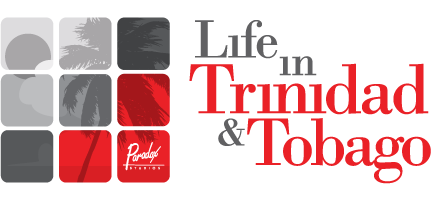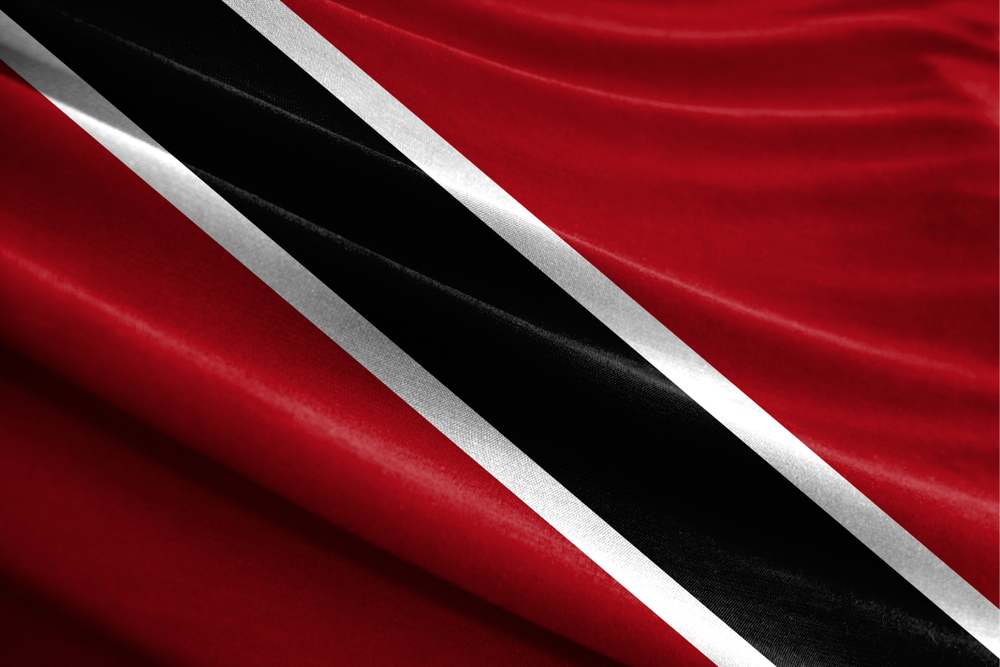The Moringa Oleifera plant has become incredibly popular in Trinidad over the past two years. The young trees are sold at almost every farmers’ market across the island. It has become the green superfood of choice for people looking to increase their healthy nutrient intake. It is popular because of its abundance of vitamins and minerals that are bio-available. Moringa is safe enough to be consumed every day and is used to treat starvation and malnutrition in Africa.
Moringa Nutrient Profile
The rate of absorption of the nutrients in Moringa is much better than nutrients from artificial, man-made sources. It is rich in Vitamins A, C, E, calcium, potassium and protein. Moringa’s nutrient levels are very impressive. It contains:
- Seven times more Vitamin C than Oranges
- Four times more Vitamin A than in Carrots
- Four times more Calcium than Milk
- Three times more Potassium than Banana
- Three times more Iron than Spinach
- Three times more Vitamin E than Almonds
Cultivation and Use of Moringa
Moringa is hardy, drought resistant, and easy to grow. With an 80% germination rate, it can be cultivated from the dried seeds of the mature pods. Leaf Cutter ants (batchak) love the leaves of the young plants, so plan to protect the sprouts if they are around. Once the plant is big enough, the leaves can be dried and used in cooking, making tea or blended into juices and smoothies. The leaves have a strong taste so we recommend using a small amount to start, and increasing to taste. If the leaves are cooked or blended, they are rich in fibre, which helps promote a healthier intestinal tract. The young, green seed pods are also edible and can be grated or chopped and cooked into soups and stews as a vegetable.








